|
Chairman Peter Shallcross and I have had two similar experiences when birds suddenly flew out or up and we stopped to look. Peter was at Clarendon, approaching a battered old wall when a spotted flycatcher flew out - and looking carefully inside, there were its chicks. (Apologies to those who viewed the photo of the yellow wagtail! - it belongs in another story.) 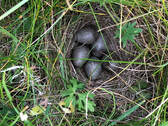 I was out on my favourite orchid hillside, towards Berwick St John. I'd 'done' the orchids and was thinking of walking on round, so set off across the big sheep field on the top of the hill. But I changed my mind and turned back. I was using the 'transept' method (of which more shortly under 'Reporting') of scanning left and right as I walked, when suddenly this bird shot up from under my feet, flashing white feathers in its rump. I stopped dead and looked down, and was absolutely thrilled to see this tiny nest at my feet. Peter identifies the eggs as a meadow pipit's. What a treat! Facebook readers will know that Peter had a similar experience, finding a skylark nest near a path. So be very careful where you walk especially if you're not on a path, and keep a very good lookout! Chairman Peter Shallcross reports -
'Last year, six juvenile white-tailed eagles were released on the Isle of Wight, where they haven’t bred since 1780. Like the great bustards on Salisbury Plain (which we visited last August), they tend to travel widely when young and some of them go as far as Norfolk before returning. In fact, I saw one over the farm in Wardour, where it slowly drifted across the sky towards Donhead. 'They have been likened to a ‘flying barn door’, as they are so large. The buzzards spiralling below, keeping an eye on it, were certainly dwarfed. 'With the weeks of hot weather there have plenty of thermals for the buzzards and red kites to use.' Ever wondered why and how bindweed climbs one way and honeysuckle the other? Flanders & Swan had their own ideas of course in their classic 'Misalliance' song but to understand what's really going on, Andrew Graham has an explanation - go to our Field Trips page - something to watch out for in the hedgerows along our fields and lanes.
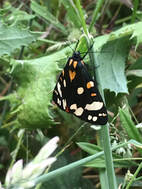 Moth phobics will have to acknowledge objectively that this is a magnificent creature - once again spotted by Dick Budden in his patch near the Nadder. Andrew Graham commented, 'It's a Scarlet tiger moth. There are quite a few of them around at present. There are generally one or two fluttering around in my garden of a sunny evening at the moment. Splendid beasts though. 'There are lots of Hawk Moths about at night as well.' So, for moth phobics like myself, keep those windows closed till you've turned the lights off! Andrew Graham explains what's going on:
‘In midsummer the hedgerows are thick with vegetation. Much of this is made up of the shrubs which form its structure but mixed in amongst these are a variety of climbers and scramblers. Some, like honeysuckle, old man’s beard (wild clematis), hops and bindweed (convolvulus) twist their way around the stems of other plants as they climb up them. This process is called circumnutation. 'Some plants twist in a clockwise manner, others anticlockwise. When the stem touches some structure or plant, the cells on the outside of the stem grow longer than those in contact with that structure. This causes the stem to curl and wrap around the support. As the weight of the plant below pulls on the stem tips, they tighten their grip around the support. 'Most often climbers twine around other plants and branches but they will also use man-made objects such as fences or posts. For example, there is splendid hop growing up a telegraph pole and its supporting cable on Hindon Lane near the Beckford - and hops also grow in the hedges along Tisbury Row. Different growing stems of the same plant will also twist around each other, giving mutual support as they grow upwards. 'Sometimes such twisting cables of stems can add several feet to the top of a hedge. As they age, these twisted cords can become strong and create a web of stems though a hedge or thicket. When we see a cloud of old man’s beard seed heads on a hedge in autumn, very often below there will be some thick old stems congesting the base. 'Two other climbers - black bryony and white bryony – largely die back in the autumn, just leaving skeins of red berries. Despite the similar name, these come from different plant families and climb in different directions. The white bryony has tendrils which look like tiny telephone cords. It sends these out to get entangled about nearby supports. The tendrils can then take up the slack to get support while letting the object to which it is attached to move. 'The dog rose scrambles through many a hedge and thicket. Its vicious backward curving thorns are ideal for hooking onto other vegetation as its shoots climb upwards. Like the honeysuckle, the rose can sometimes climb high into trees where, when it finds a patch of light, it can spread out and flower in profusion. 'What all these climbers and scramblers have in common is that they are using other plants or structures to provide them with support so that they do not have to expend resources on building solid trunks and stems which will hold their weight. This allows them to grow very quickly to reach up to the light and rapidly fill gaps.‘ 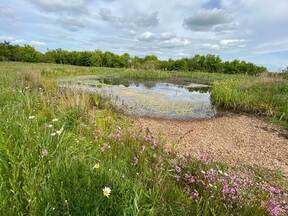 The pond at Down Farm - James Phillips The pond at Down Farm - James Phillips If it hadn’t been for the coronavirus we would have urged you to join an excursion we were due to make to Martin Green’s organic farm at Sixpenny Handley. When our Chairman Peter Shallcross asked him to give us some idea of what we would miss, Martin replied: “We have just had an unprecedented number of raptors on the farm & adjacent this weekend. My neighbours cut an adjacent field for silage last week and since it has been a focal point for feeding - a few hundred corvids at least 7 red kites & 10 buzzards and a marsh harrier - not bad! Anyway my friend James Phillips visited and recorded these species on the farm – around our pond and in a re-wilding area - hopefully gives a feel for what your group may have seen here. Maybe next year…………….?” And he copied James Phillips’ message:
“17th May 2020: Around the pond and woodland planting: Highlights were Emperor dragonfly, Azure and Large Red damselfly, Small blue, Common blue, Green hairstreak, Large skipper butterflies, Burnet companion moth plus singing Lesser Whitethroat in the woodland scrub and a pair of Corn bunting and a pair of Yellowhammer on territory around the pond. 12 Hectares: Highlights were Grey partridge on territory calling, 3 pairs of Yellowhammer, a flock of 16 Corn bunting plus 4 pairs on territory, 1 pair of Linnets, 6 singing Skylark and 2 Brown hare with at least 3-4 Red kite over the nearby woodlands towards Wimborne St Giles. It’s was also great to see the Woad still in flower.” To give you a start on what to look out for when up on Cranborne Chase, here are James's photos and others from our growing photo-library. Should you need help identifying, I do intend to provide a list of the myriad apps now available. For birds, meantime, the British Trust for Ornithology has a wonderful page to help you. 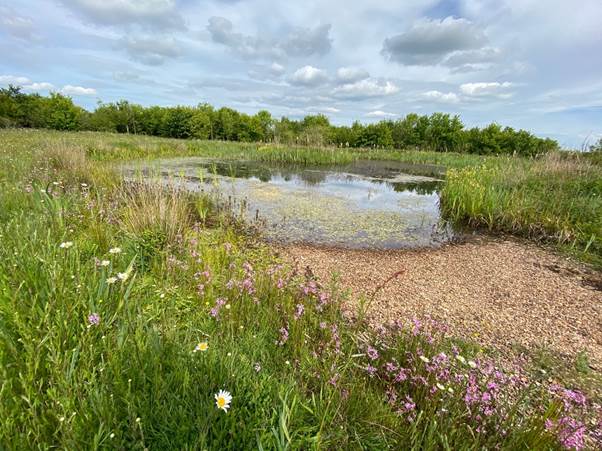 This is the pond on Martin Green's farm near Sixpenny Handley, where we should have been on Thursday. Go to our Field Trips page for what we might have seen - and which you may well see if you go out walking on Cranborne Chase. Andrew's fabulous photos of the night-flying moths are just half the story. There are also their day-flying equivalent, though in my experience usually a lot smaller and sometimes less significant.
Some are just as beautiful, however. The little Emerald moth is my current favourite. I noticed lots of little grey moths flitting around, and it was only when I looked at my photos that I noticed the emerald body so I think they must be the females. Along with the 6-spotted burnet, they seem to be the most common at the moment. Some people are commenting that there aren't many butterflies around. Patrick Barham, writing in The Guardian, says not to panic! We see a first flush of the hibernators - brimstone, peacock, small tortoiseshell - when the warm weather comes, along with the orange tip, that harbinger or spring. But then the early ones get down to reproduction, so in June it's caterpillar time. Some are incredibly well-camouflaged, such as the orange tip. Others are bristly, to put off predators. Or weird shapes and colours, like the vapourer moth.
Then, come proper summer (we hope!) out come the flashy newly-emerged main summer brood and maybe the migrants such as the painted lady. It is thought that this may be a spectacular summer for butterflies: let's hope so. And please send us your photos to [email protected].
|
Photo: Avocets (Izzy Fry)
The headers display photos taken by our members. Do get in touch via the Contact Form if you'd like to submit a photo for selection.
Archives
May 2024
Categories
All
|

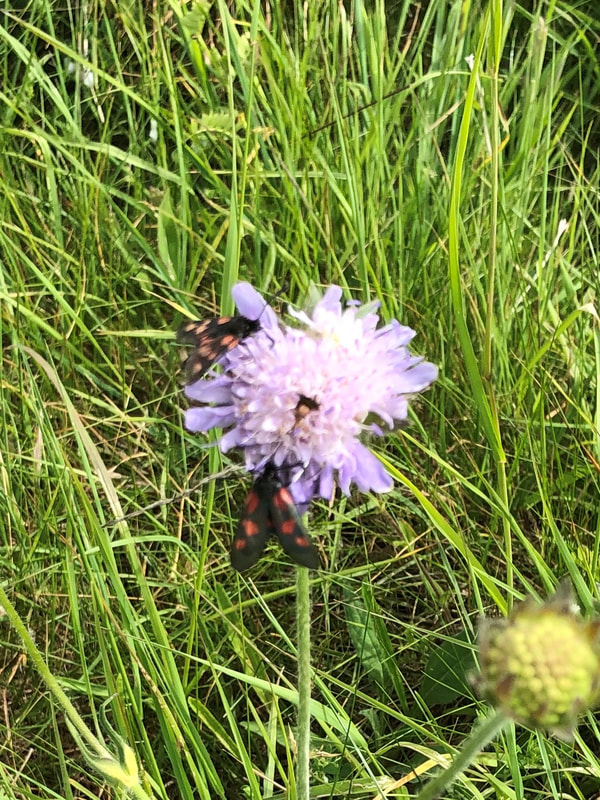
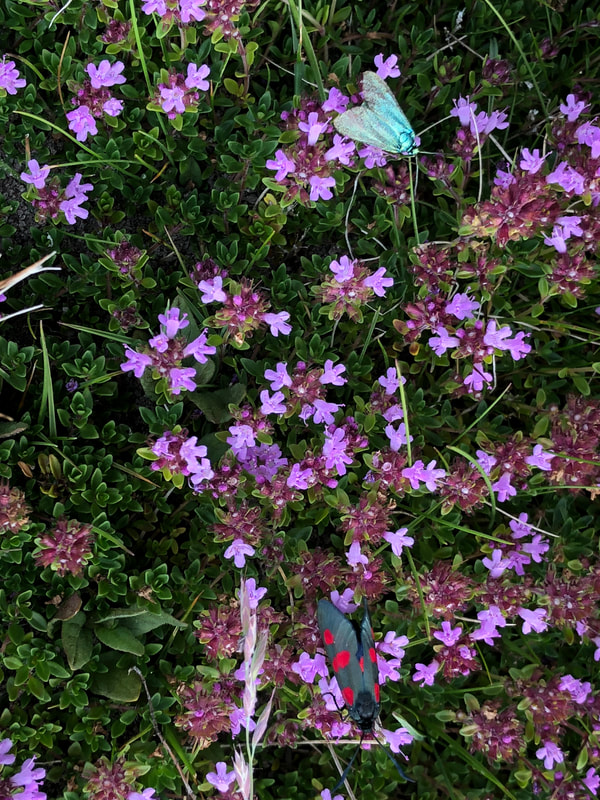
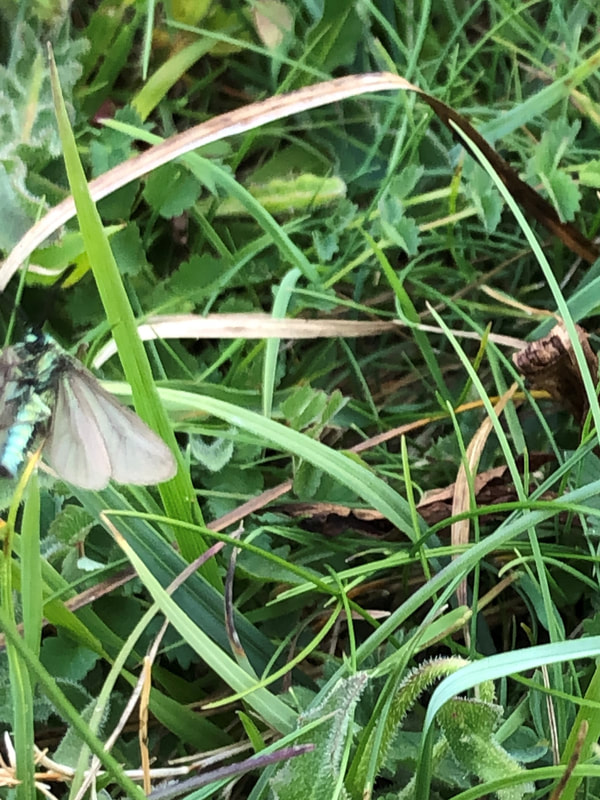
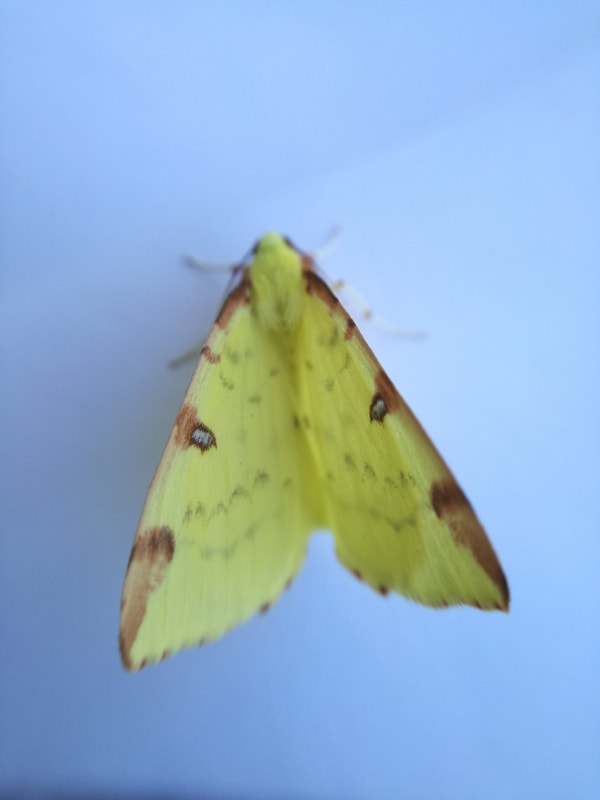
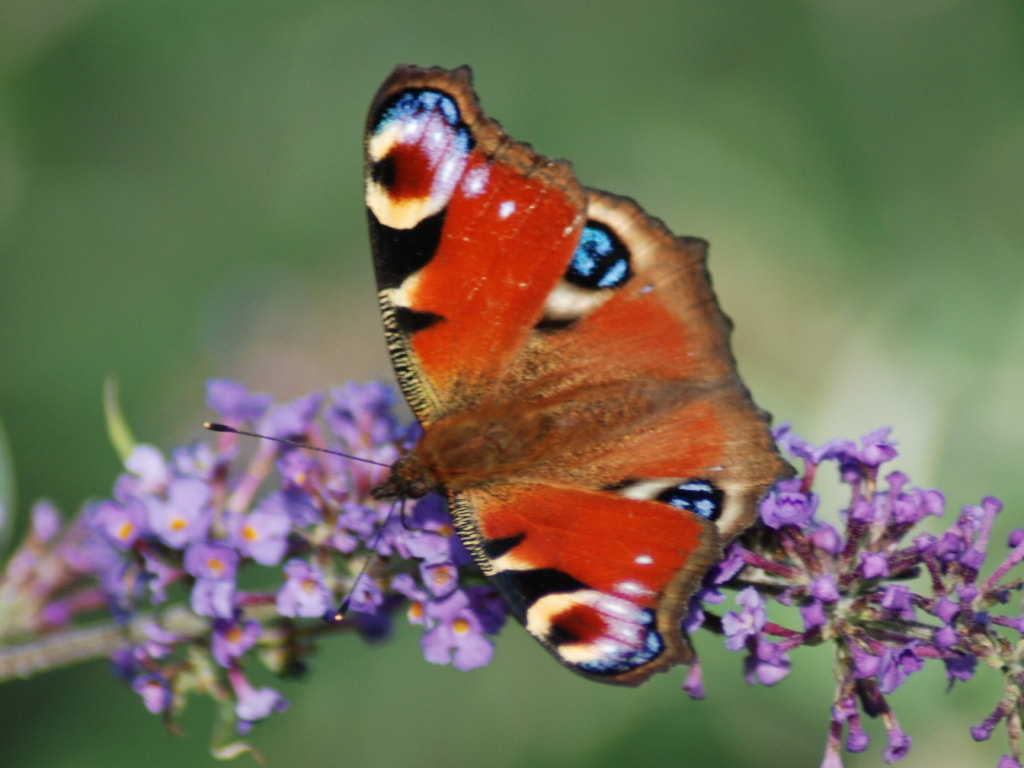

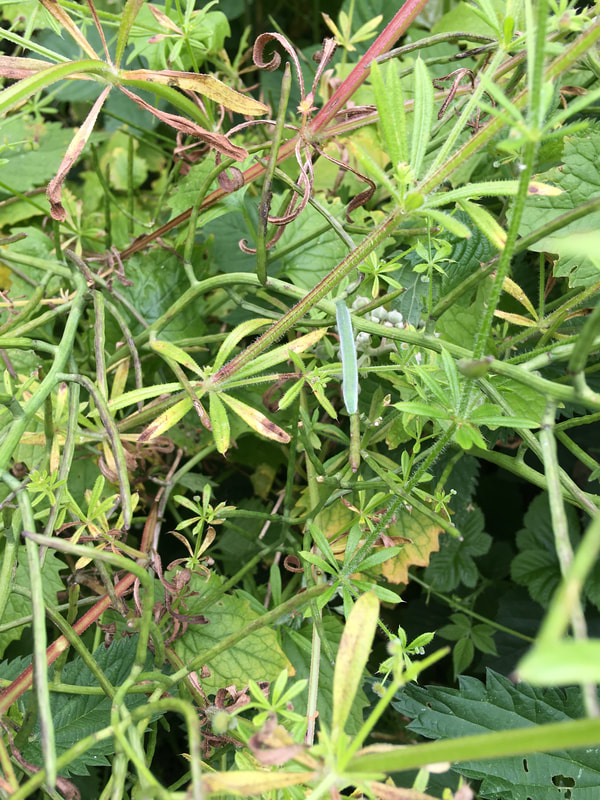


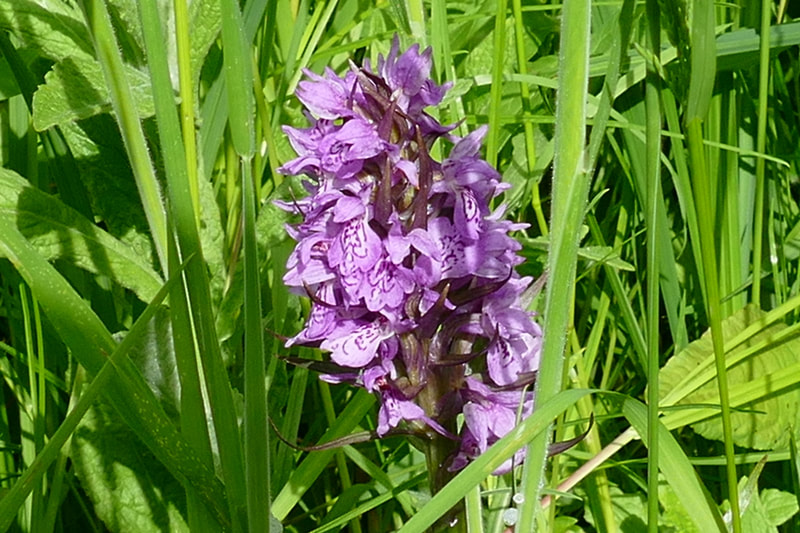
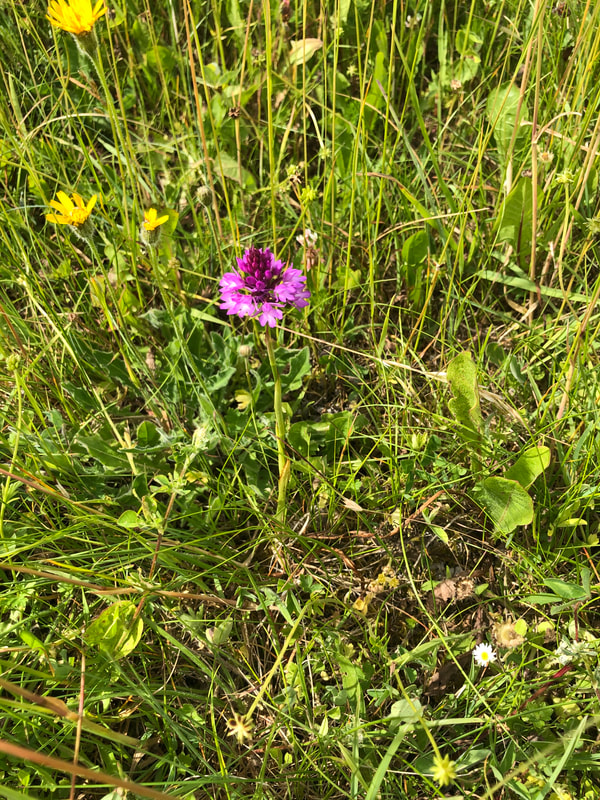
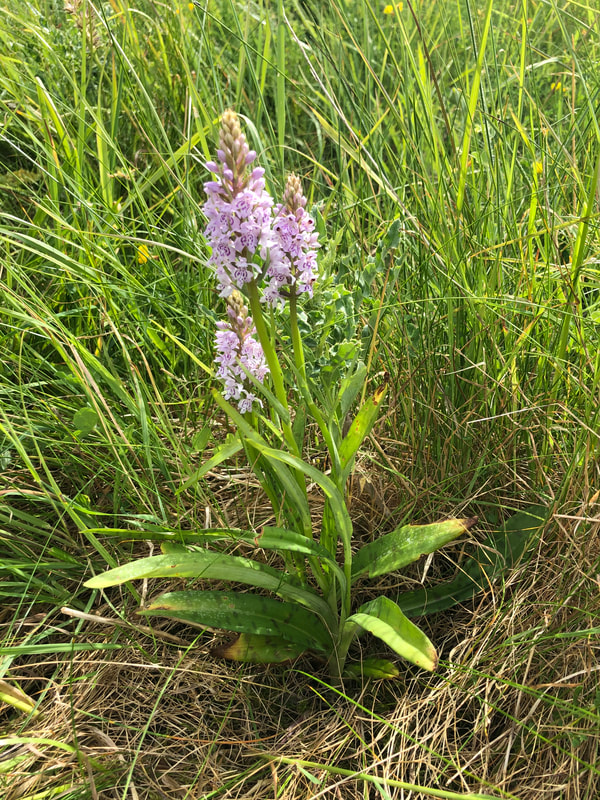
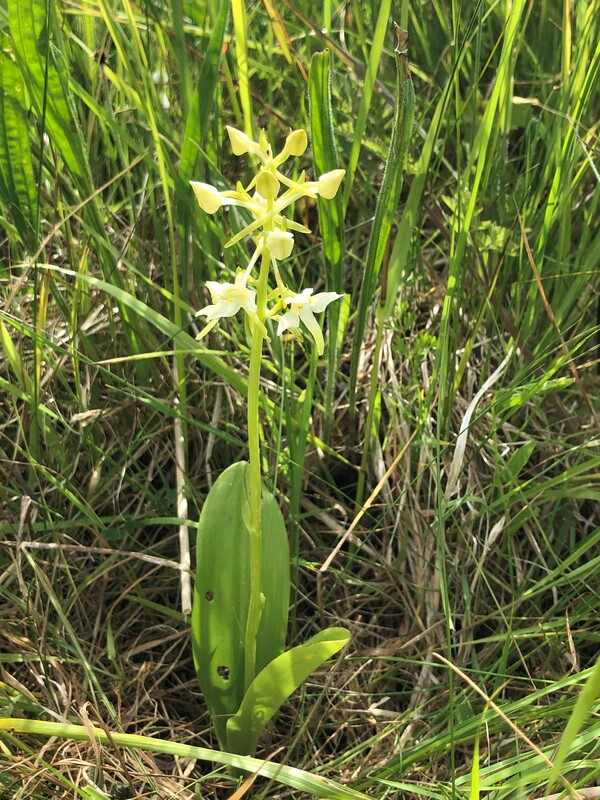
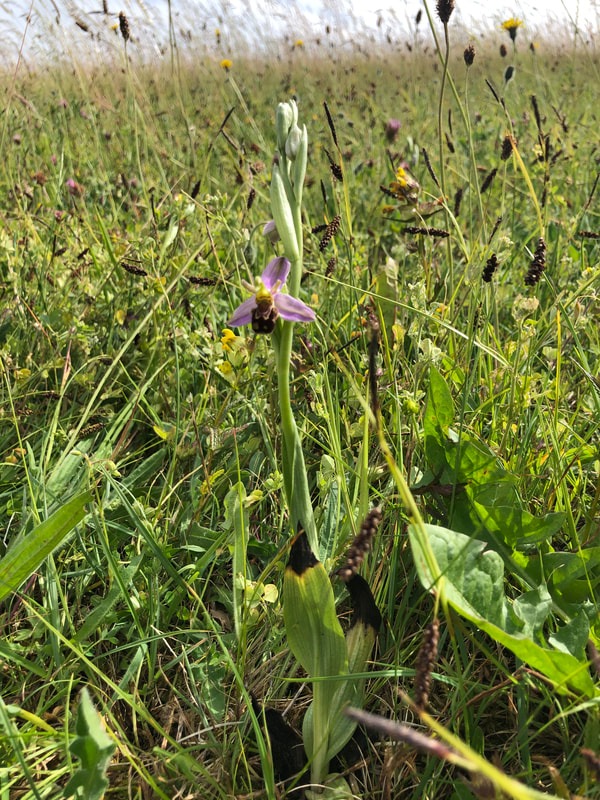
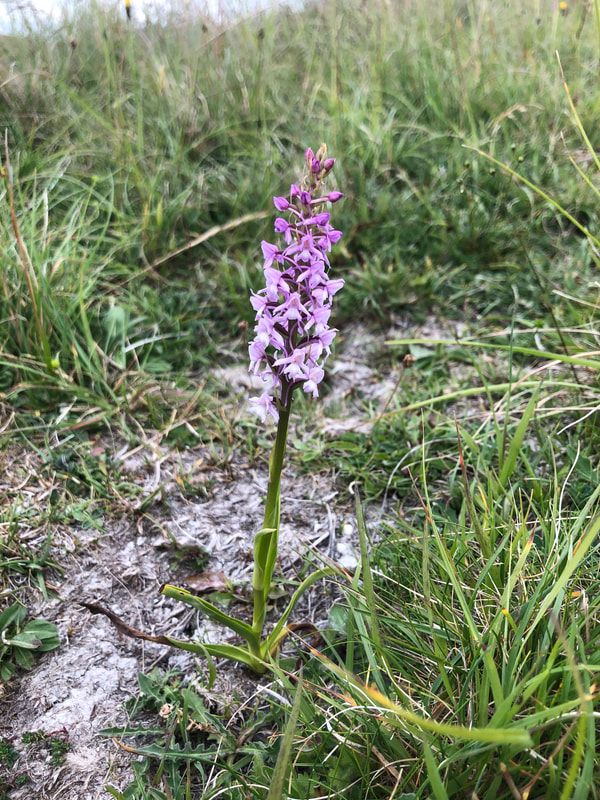
 RSS Feed
RSS Feed